There are few constants in the ever-evolving landscape of Search Engine Optimization (SEO). Algorithms change, user...
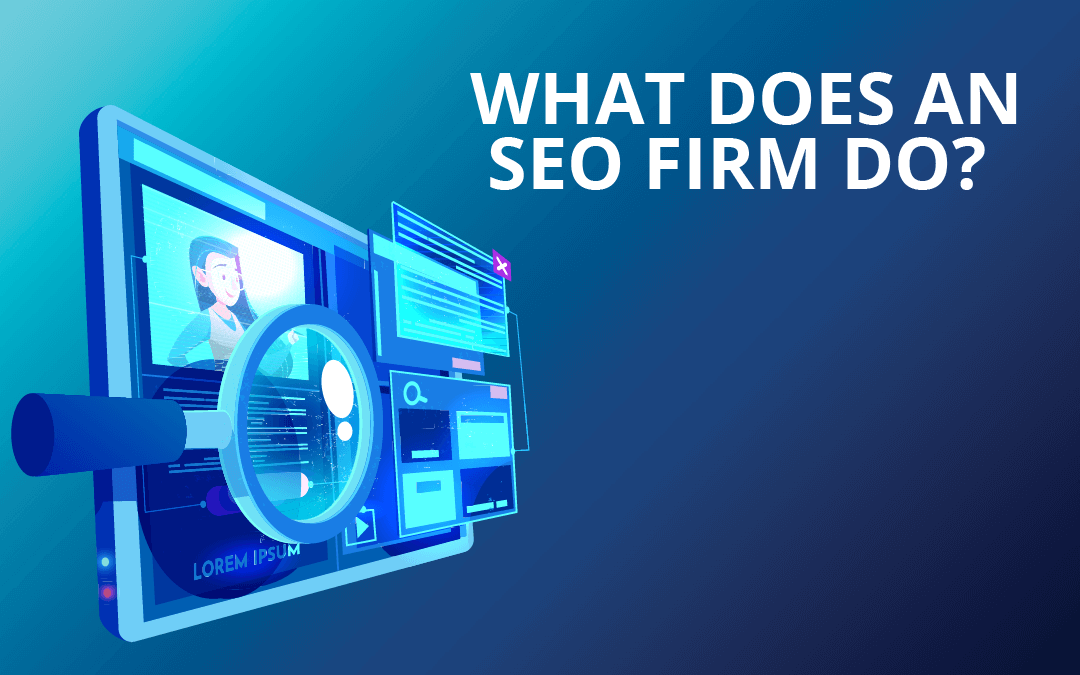
What Does an SEO Firm Do?
If you are starting a new business, struggling to boost your existing business, or simply feel as though you are not getting sufficient return for the money spent on your business website, it may be time to get an SEO firm involved to ensure online success. When your website is fully optimized for search engines, it will rank highly in search results—and when it is not, your business might end up on page 29 of the results.
This would mean few if any, searchers would ever see your website. Optimum visibility in search engine rankings requires exceptional SEO, which involves persistent content marketing and ongoing updates to your site. SEO will give you the very best long-term return on investment, but you will need a dynamic SEO program to earn and maintain these stellar rankings. So, exactly what does an SEO firm do?
How Does an SEO Company Help Your Business Rank High in Searches?
There are four main components to SEO. The first is creating a user-friendly website structure. The second is creating content with relevant keywords. The third is building high-quality external and internal links. And the fourth is analyzing the results and adjusting the website’s SEO accordingly. This is the short answer to “What does an SEO firm do?” In reality, it goes much, much deeper.
There is a significant level of research that goes into a good SEO program, identifying facts and information about your unique business, then translating that into keywords and themes that will help those searching for a business like yours or products like yours to find your website. Many years ago, we heard “content is king,” and that has not changed. If anything, content is even more important now than ever, and longer content that is meaningful and genuinely interesting to your potential customers is essential.
Even the best SEO program is not a “one and done” or “set it and forget it.” SEO campaigns must be fine-tuned over time, and optimized to ensure it is reaching search engines, potential clients, and current clients. An SEO’s firm ultimate goal is to improve your search rankings, ensuring you are found, then ensuring that after users find you, they do not “bounce” to another site due to deficiencies on your website. Let’s delve a little deeper into what an SEO firm can do for you.
Research, Audit, Analysis
Your business and the website for your business are as unique as you are. Your industry, your products, your services, your locale—these are all factors that will determine what type of SEO program you need. Your SEO firm’s goal will be to solve any existing problems and overcome any challenges that may be present. The initial research will include:
- Identifying keywords for your specific industry and goals. Your SEO firm will find the keywords that will produce the very best results for your business once you have moved up in the search engine rankings. Your best keywords will be those that searchers are likely to type in—yet are not already heavily saturated by your competition. While it must be relevant to your business and must be words your users would type in to find you, using keywords that your competitors have heavily targeted will not get you any closer to your goals.
- Your website will be audited for internal linking, title tags, content, meta description tags, internal linking, load speed, and URL structure.
- If you’ve had a website for a while, your site’s past performance will be an important part of the initial research, showing opportunities for improvement. Google Analytics is generally used for this initial analysis.
- Your current links will require an analysis to determine whether cleaning up spammy links is necessary.
What Comes Next?
Once the initial analysis is complete, it may be determined that you need a website redesign. This would be necessary for sites that are outdated, have low conversion levels, poor code, or when it is determined that the cost of fixing everything would be more than starting from scratch. If you do not need a redesign, the next steps could include:
- Overhaul of the code on your website to make it more SEO-friendly. The extent of a code overhaul can range from minor cleanup to an entire code replacement, while keeping the existing design.
- If your website’s analysis reveals low-quality, harmful links, then your SEO firm will remove these links, disavowing any backlinks that cannot be properly removed.
- Building links is an ongoing process, rather than a one-time service—it is something that is ongoing in nature and virtually never ends since, in order for Google to continue to find your website relevant, it must be fed a constant stream of fresh links.
- Competitors must also be continuously monitored to see what’s working best and to get inspiration for your site.
- Content creation and content marketing are a vital part of what your SEO firm will do. There will, of course, be an overlap between link building and content creation (building links is often done by creating content that attracts links). If you are wondering what content marketing is, if you create content as a part of your marketing activities, then you are engaged in content marketing. More specifically, using videos, infographics, blog posts, and articles are all components of content creation and marketing that will drive links and traffic to your website. While blogging is a part of content creation and marketing, it deserves to be highlighted on its own and must be a solid part of your expansion or refining of existing website content.
Ongoing Analysis of Your SEO
Your SEO firm will constantly be analyzing the results of your SEO program to ensure they are working as they should. The activities and insights gained will show where improvements need to be made, and the results of these insights will be passed from your SEO firm to you. The reports you receive may include how many visitors your site has and where they are from when they visited, and, if they bounced, the likeliest reason. Your rankings will be passed along, with explanations, when necessary. The best analysis will include not only reports generated through automation but commentary from your SEO firm.
How Unreal Web Marketing Can Help with Your SEO
At Unreal Web Marketing, we understand that leads generated from searches have the highest probability to convert because they are actively searching for the solutions you provide. We have years of successful SEO experience, generating tangible and trackable results for clients of all sizes and markets served. The typical return on investment for our SEO clients is about 200%. Contact Unreal Web Marketing today for the best SEO for your website.
Related SEO Articles
The Evolution of Core Web Vitals in SEO: A 2023 Perspective
16 Ways to Significantly Increase Your Website Traffic
You built a website, but few are visiting or returning. If your website traffic is lagging, here are 16 tactics to...
How to use SEO to Generate High Quality B2B Leads
SEO is an important and powerful tool for B2B marketers. But many businesses do not know where to start when it comes...

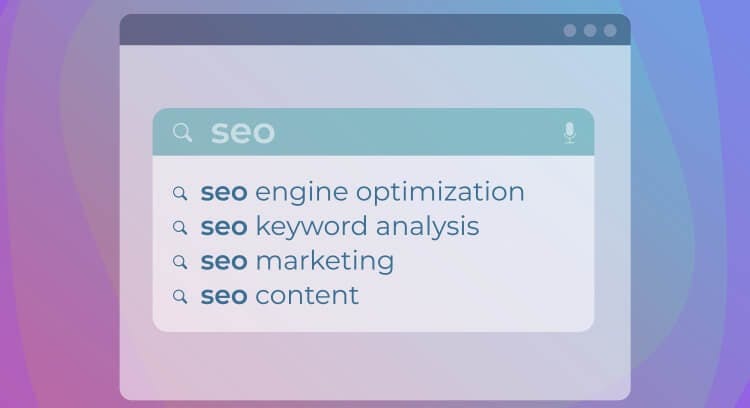



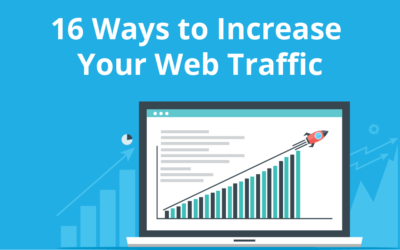
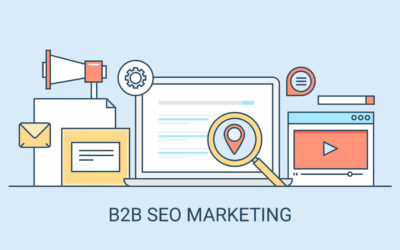
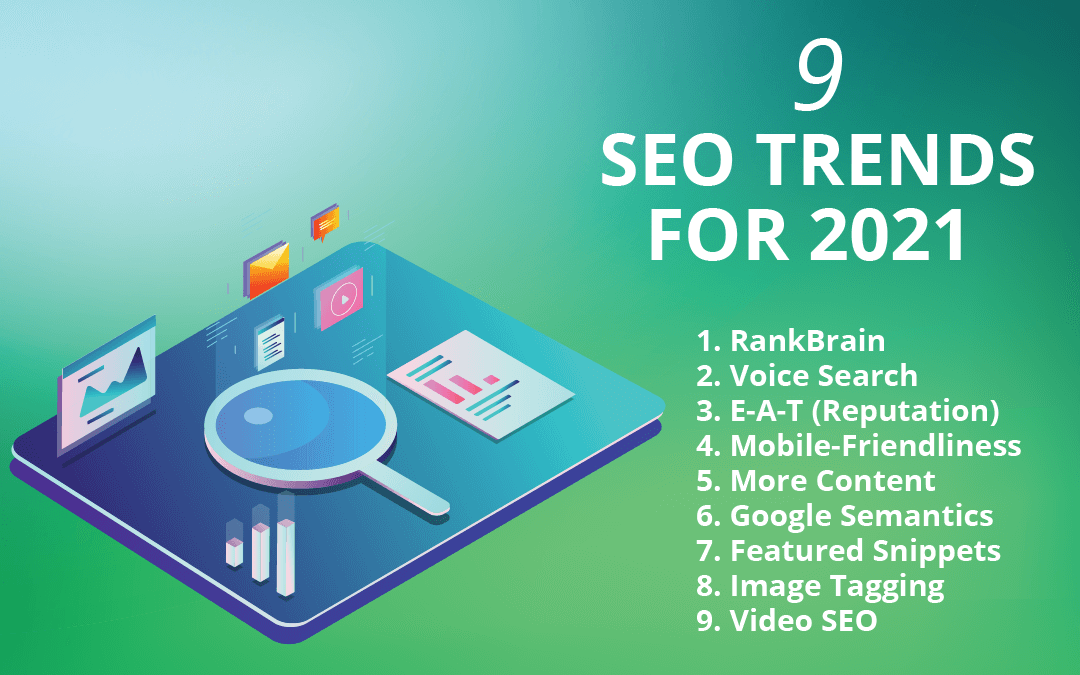

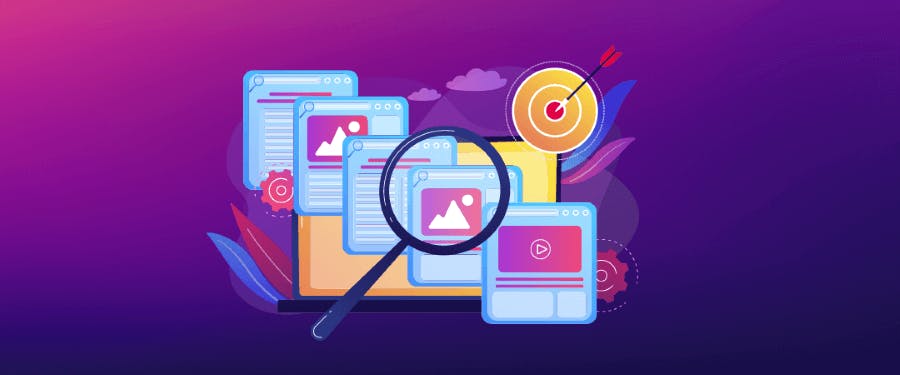



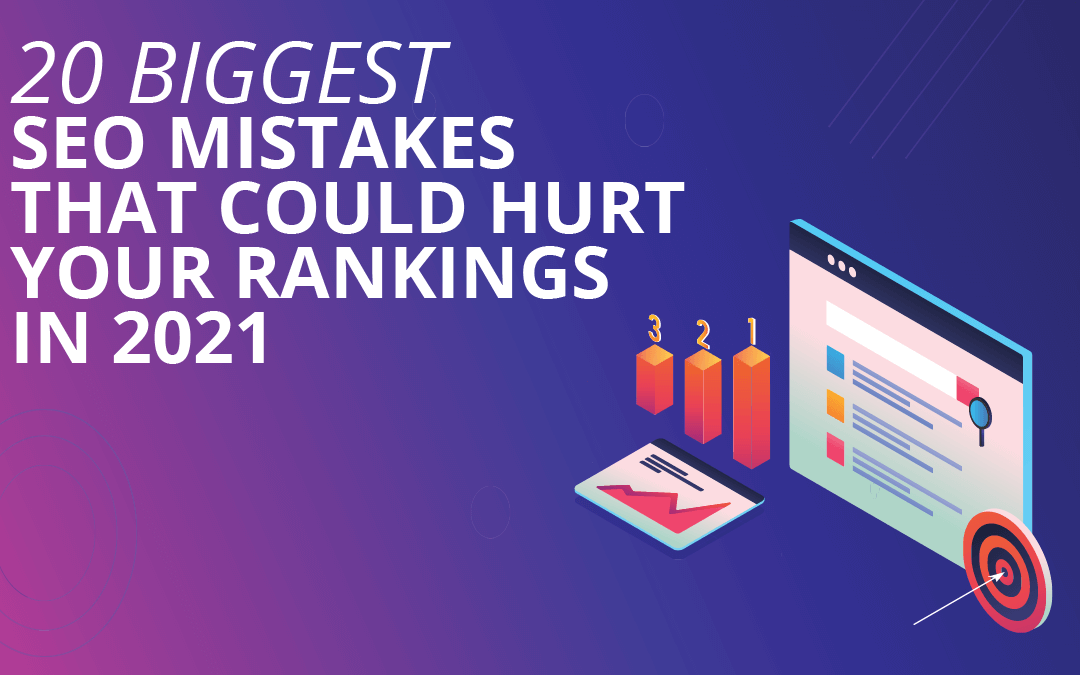
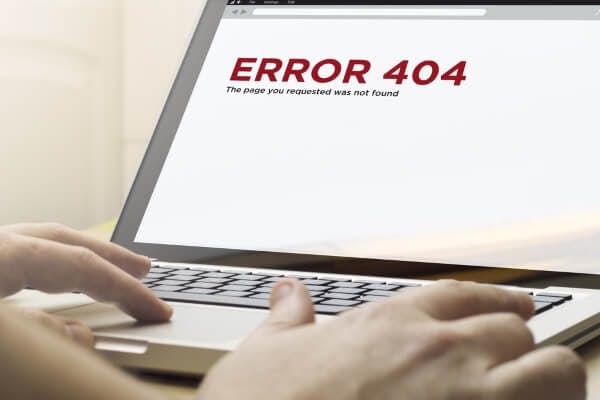
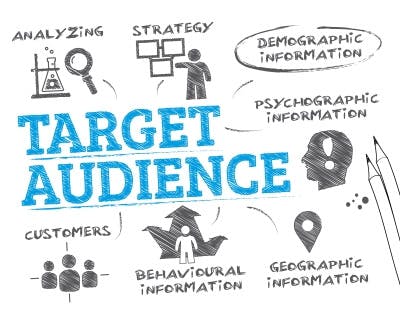
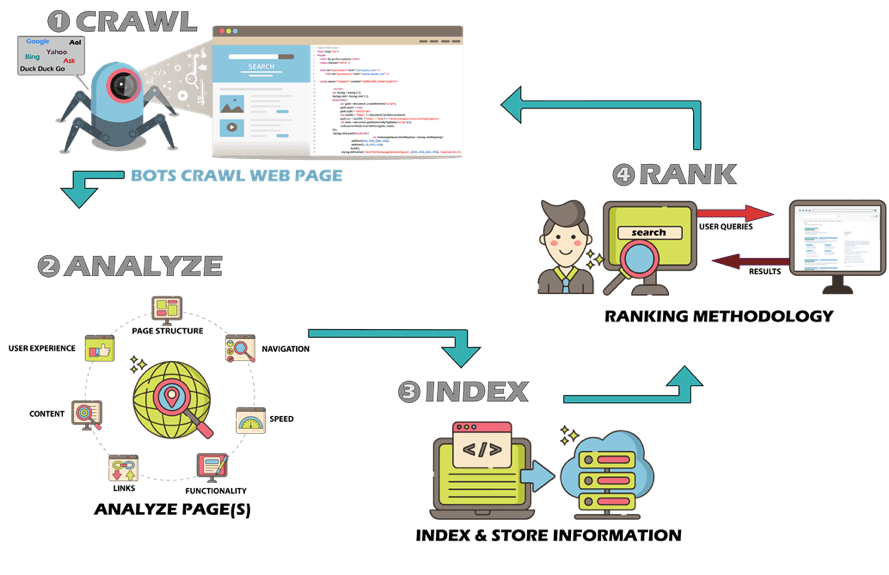



 With so many changes happening at such a high speed in digital marketing, most organizations are finding it challenging to keep up. As 2020 fast approaches, there are a few trends that are set to take the digital marketing world by storm.
With so many changes happening at such a high speed in digital marketing, most organizations are finding it challenging to keep up. As 2020 fast approaches, there are a few trends that are set to take the digital marketing world by storm.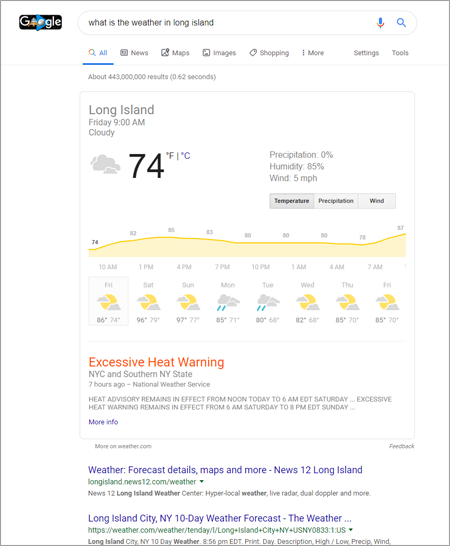 You’ve probably seen this new search trend on Google. When you search for a question, Google itself automatically provides you an answer to your search query in the form of a snippet from someone’s website. No clicking on or reading through websites required.
You’ve probably seen this new search trend on Google. When you search for a question, Google itself automatically provides you an answer to your search query in the form of a snippet from someone’s website. No clicking on or reading through websites required.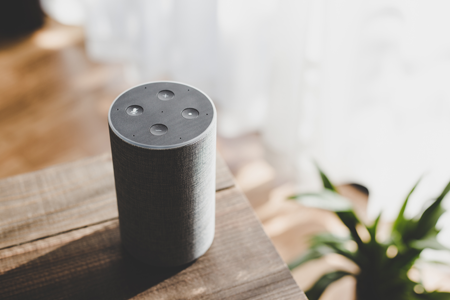 One of the most interesting developments of late is the smart speaker or the little AI speakers that have begun to run our homes.
One of the most interesting developments of late is the smart speaker or the little AI speakers that have begun to run our homes.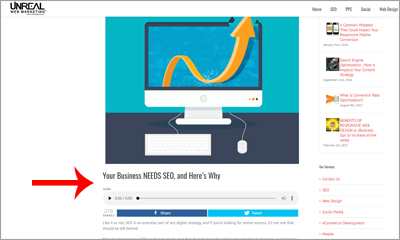 Another opportunity that comes along with the AI world is to think of your content not just in written form, but in spoken word as well.
Another opportunity that comes along with the AI world is to think of your content not just in written form, but in spoken word as well.
 Are you aware that the lead-to-close rate of social media marketing is 100 percent higher than outbound marketing? Or did you know that 84 percent of business-to-business (B2B) marketers use social media in some way?
Are you aware that the lead-to-close rate of social media marketing is 100 percent higher than outbound marketing? Or did you know that 84 percent of business-to-business (B2B) marketers use social media in some way?